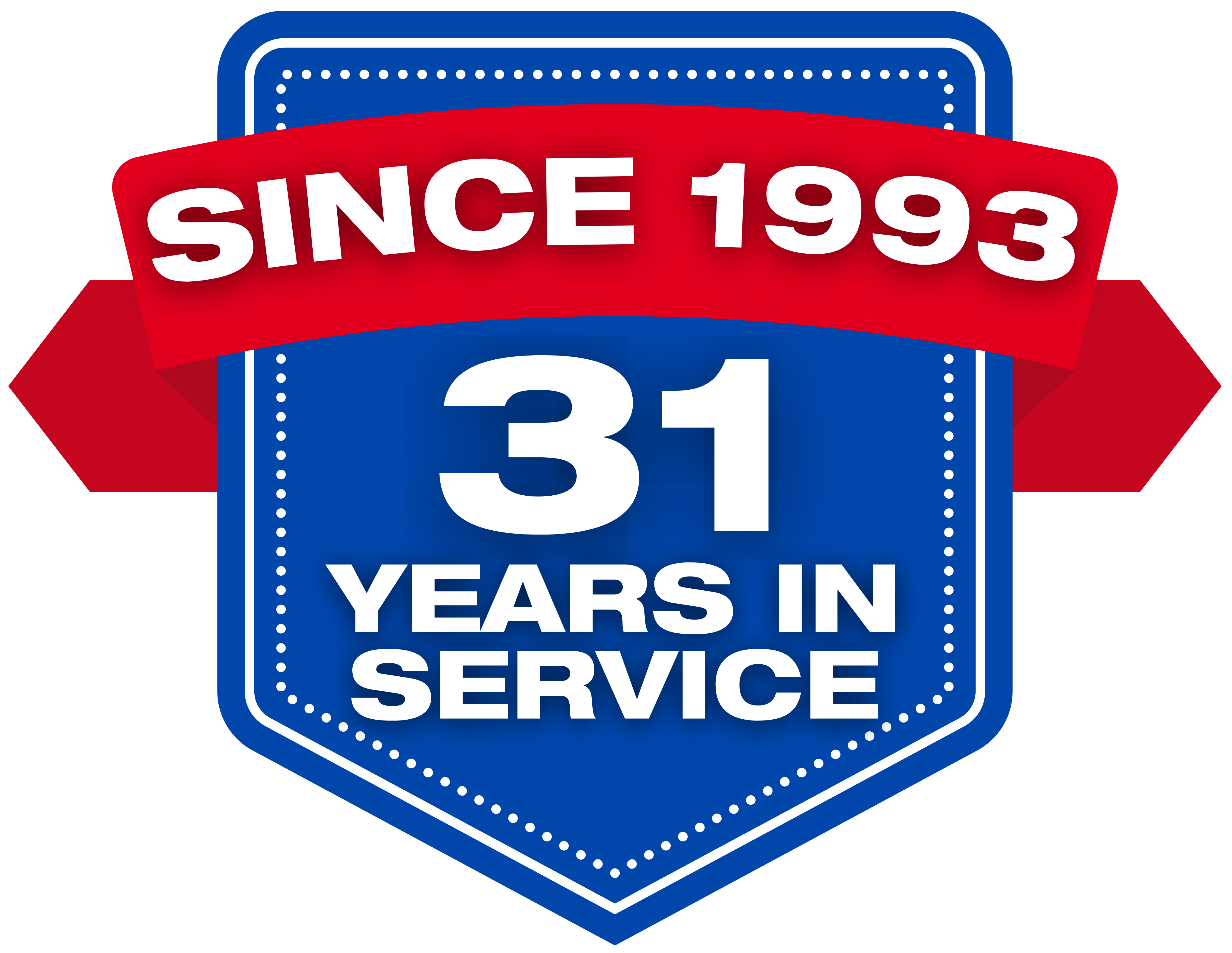Building a Sustainable Future: Best Eco-Friendly Practices in Disaster Recovery

Post-disaster restoration transcends conventional construction; it serves as a chance to nurture a sustainable, resilient future. Exploring the importance of eco-friendly practices in disaster recovery reveals their role in not only reinstating what was lost but also in cultivating a healthier, more environmentally friendly world. Eco-friendly restoration in disaster recovery prioritizes environmentally sustainable practices, taking a holistic approach that surpasses traditional methods. Its aim is to minimize ecological footprints and foster long-term environmental well-being for both humanity and the planet
The Core Principles:
GREEN MATERIALS AND CONSTRUCTION:
An essential aspect of eco-friendly restoration is the adoption of sustainable materials and construction techniques. From recycled building materials to energy-efficient designs, integrating green practices into the reconstruction process significantly reduces the carbon footprint of restoration projects. This commitment aligns with the broader aspiration of establishing resilient and eco-responsible built environments.
RENEWABLE ENERGY INTEGRATION:
Incorporating renewable energy sources is pivotal for sustainable disaster recovery. Implementing solutions such as solar panels and wind turbines not only reduces reliance on non-renewable resources but also fortifies resilience against future disasters. Furthermore, renewable energy usage curtails greenhouse gas emissions, minimizing the environmental impact associated with traditional energy sources.
PRESERVATION OF NATURAL HABITATS:
Eco-friendly restoration encompasses the protection and conservation of natural ecosystems. Striking a balance between human needs and ecological preservation is critical for long-term sustainability. Preserving natural habitats ensures essential ecosystem services like pollination, water purification, and climate regulation, enabling them to withstand and recover from disturbances, including those caused by natural disasters.
EFFICIENT WASTE MANAGEMENT:
Efficient waste management and robust recycling initiatives are fundamental to eco-friendly restoration practices. From debris removal to waste reduction strategies, every step taken to limit environmental impact contributes to a more sustainable recovery process. This comprehensive approach spans proper debris disposal and the implementation of waste reduction strategies, ensuring that every facet of the restoration process adheres to environmentally conscious principles.
COMMUNITY ENGAGEMENT AND EDUCATION:
Community involvement and education are integral to sustainable disaster recovery. By launching awareness campaigns focused on responsible waste disposal, water conservation, and the advantages of renewable energy, communities become empowered to adopt sustainable practices. Real-life success stories showcasing the benefits of sustainable practices bolster these campaigns, fostering environmental responsibility and the longevity of sustainable initiatives.
ADVOCACY FOR ECO-FRIENDLY POLICIES:
Driving transformative change necessitates policy-level interventions. Advocating and implementing eco-friendly policies in disaster-prone areas can establish frameworks encouraging sustainable practices in both public and private restoration efforts. This may involve zoning regulations, building codes, and infrastructure development considering environmental impacts and potential disaster occurrences.
ENHANCED RESILIENCE THROUGH BIODIVERSITY:
Incorporating biodiversity into restoration projects amplifies ecosystem resilience. A diverse range of plant species creates an environment less conducive to the rapid spread of pathogens, mitigating the risk of widespread damage. Diverse ecosystems exhibit a natural resistance to pests and diseases, enhancing the resilience of restored areas against potential threats while enhancing their aesthetic appeal.
Why ALL-CLEAN USA?
Eco-friendly restoration is not merely a passing trend; it signifies a commitment to constructing a future that is both resilient and sustainable. Embracing environmentally conscious practices in disaster recovery aims not only to reconstruct what was lost but also to shape a more responsible, resilient future for generations to come.
Access expert insights and best practices to make informed decisions for successful restoration and recovery. Join ALL-CLEAN USA in building a better, sustainable future.


